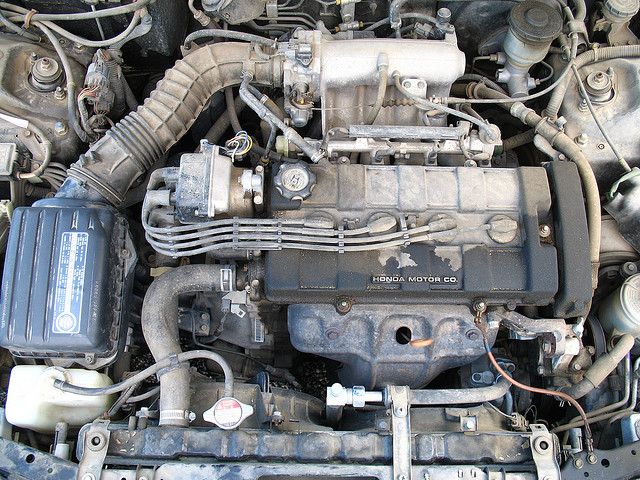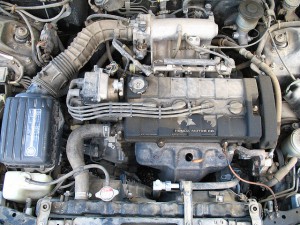How to: Basic car maintenance
Not everyone can be a motor mechanic and understand innately the inner working of a car. Some people struggle to turn their mind to mechanical matters and others, well, just can’t be bothered.
But it is beneficial to have a grasp of the basics of car maintenance. This knowledge will stand you in good stead if you get a puncture on a lonely country road and it should stop you getting fleeced by any opportunistic grease monkey whose inhalations suggests he’s going to charge you a small fortune to get you back on the road. It should also help you to keep your motor in good condition so that it lasts you a good few years and retains enough value to make it worth selling on when you’re ready for an upgrade.
With all that in mind let’s delve into the world of motor mechanics and help you to learn a few vital basics of car maintenance.
Wheels and tyres
Check tyre pressure: To stay safe on the road it is important to keep an eye on your tyre pressure. You should ideally do this once a week. If your pressure is too high or too low it can put you at unnecessary risk, affect the drive and reduce fuel economy.
Check tread depth: This is another important tip for road safety. Most tyres have tread wear bars which indicate when your tread is too low and your tyre needs replacing.
Clean off brake dust: Brake dust emanates when you brake and it can stick to your wheels, mixed with moisture and grime. This can permanently mark your wheels if you don’t wipe them fairly regularly.
Engine
Check your oil level: This is an essential part of car maintenance and something everyone should do. Simply park up on level ground, remove your dipstick and wipe it clean. Then reinsert it and remove again to see what level your oil is at. If it’s too low – as indicated on the dipstick – just top it up and go on your way. Many engines have been severely damaged because people have ignored their oil level and let it get too low.
Check your coolant level: This is just as important as checking your oil and just as simple. Your coolant reservoir should have low and high markings on the outside and it should be translucent so you can see the level of liquid within. If it’s too low, just add water and you’re good to go.
Check belts: In your engine there will be a number of rubber belts that drive things such as your alternator. Rubber perishes so you should check them at regular intervals. If any damage is evident have them replaced to prevent worse damaged which could be caused by them snapping in motion.
Lights
One indicator flashing faster than usual: This usually means that your other indicator light is no longer working. You will be able to find a replacement bulb at an auto parts shop and you can fit it yourself, with help from your car’s manual.
NB: Don’t touch the glass when changing bulbs as modern bulbs are coated with special substances and touching them can lead to your bulb becoming defective sooner than it would otherwise.
Dashboard warning lights
The great thing about modern cars is that if something does go wrong with them you will probably be alerted with a light on the dashboard. These warning indicators are pretty self-explanatory but if you are unsure about their meanings just consult your vehicle’s manual and take it from there.
You now have the essentials of car maintenance so don’t be afraid to get your hands dirty!

 Track Your Order
Track Your Order Contact Us
Contact Us FAQs
FAQs


Leave a Reply